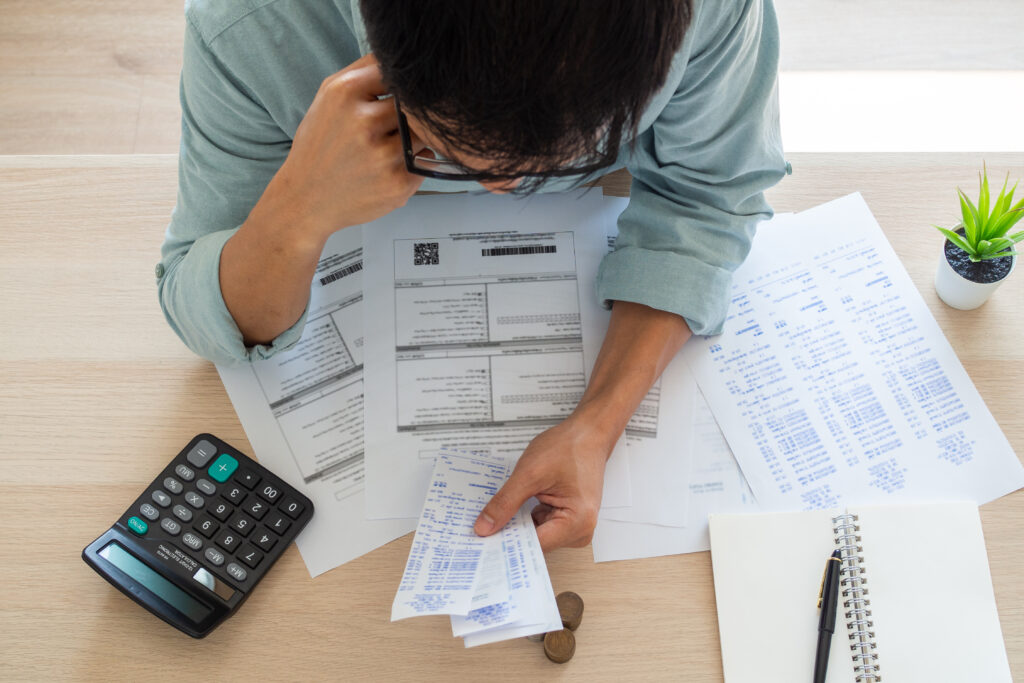Poor cashflow and insolvency are two unfortunate issues that plague the construction industry in Australia. It is reported that in the 2022-2023 financial year alone, over 2000 building companies went into liquidation. The risk of non-payment is therefore as real as ever.
To finally receive payment from a debtor through debt recovery methods is always a relief as the chasing of your money is finally over! Or is it?
It may come as a surprise to some that it is possible for a liquidator to actually “claw back” payments that were made by a company 6 months prior to the company becoming insolvent. We set out below how a liquidator can do this and what defences are available. We set out below how a liquidator can do this and what defences are available:
What does the liquidator have to prove?
If a liquidator considers that a payment may be voidable, the liquidator will need to prove the following:
- The transaction was between the company and the creditor (the person the company owes money to);
- As a result of the transaction, the creditor received an amount of ‘unsecured debt’ (most debts for works carried out are ‘unsecured debts’)
- The transaction occurred when the company was insolvent, or helped cause the company to become insolvent
- Payment occurred within the legal limitation period after the starting date of liquidation
- The creditor had, or should have had, suspicion that the company was insolvent.
What defences are available?
- Payment was received in good faith
- The creditor provided a valuable benefit to the company for the preference payment in exchange
- There were no reasonable grounds for suspicion that the company was insolvent, or, a reasonable person in the accused’s position would not have had suspicions
- There is a continuing business relationship between the company and creditor
- Doctrine of ultimate effect – if there was an increase or preservation of net value of the company’s assets, the payment may not be preferential
What should I do if I think a debtor is insolvent?
Liquidators can only demand repayment from unsecured creditors. Hence, creditors can protect themselves by registering their security interest in accordance with the Personal Properties Securities Act 2009 (Cth). However this is often difficult to do when the unsecured debt is for works carried out as there is often nothing to register.
So what should I do if I am concerned that a debtor may be insolvent? We recommend that you confidentially seek legal advice as soon as you have any suspicion as the debtor’s solvency. Expert legal advice will be essential to devising the best approach of not only getting paid, but also being able to keep any monies that were recovered, and do so lawfully.
If you have any questions, give us a call on 02 9021 9699.
This summary is a guide only and is not legal advice.

